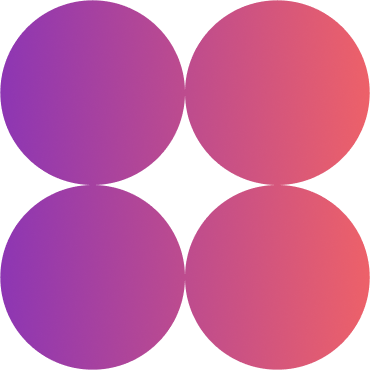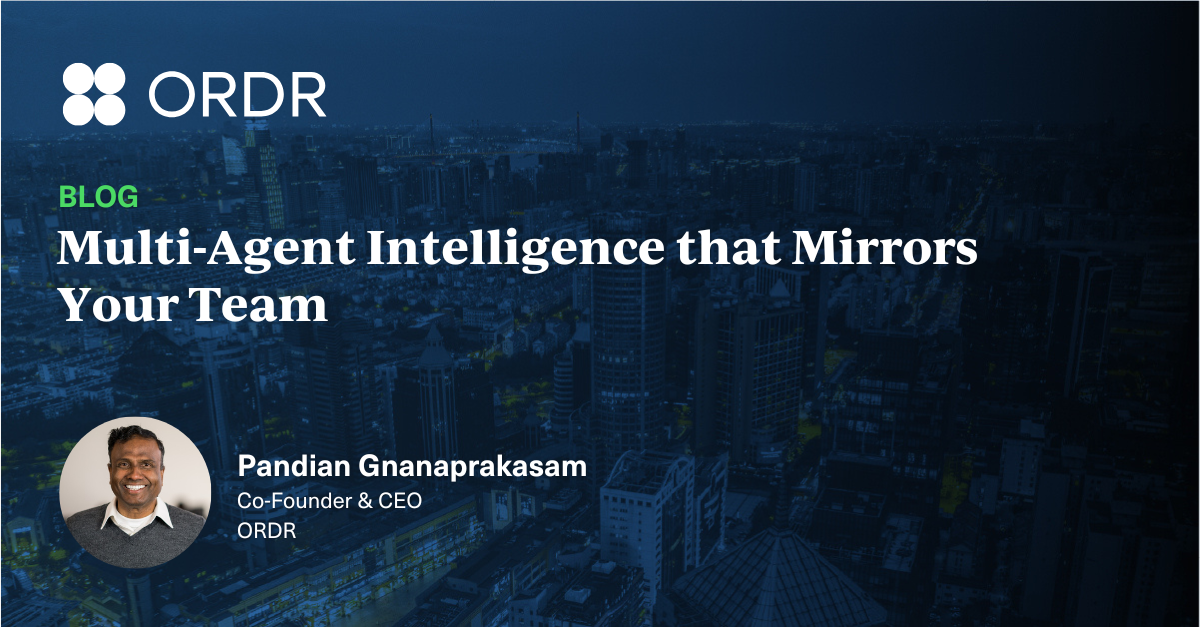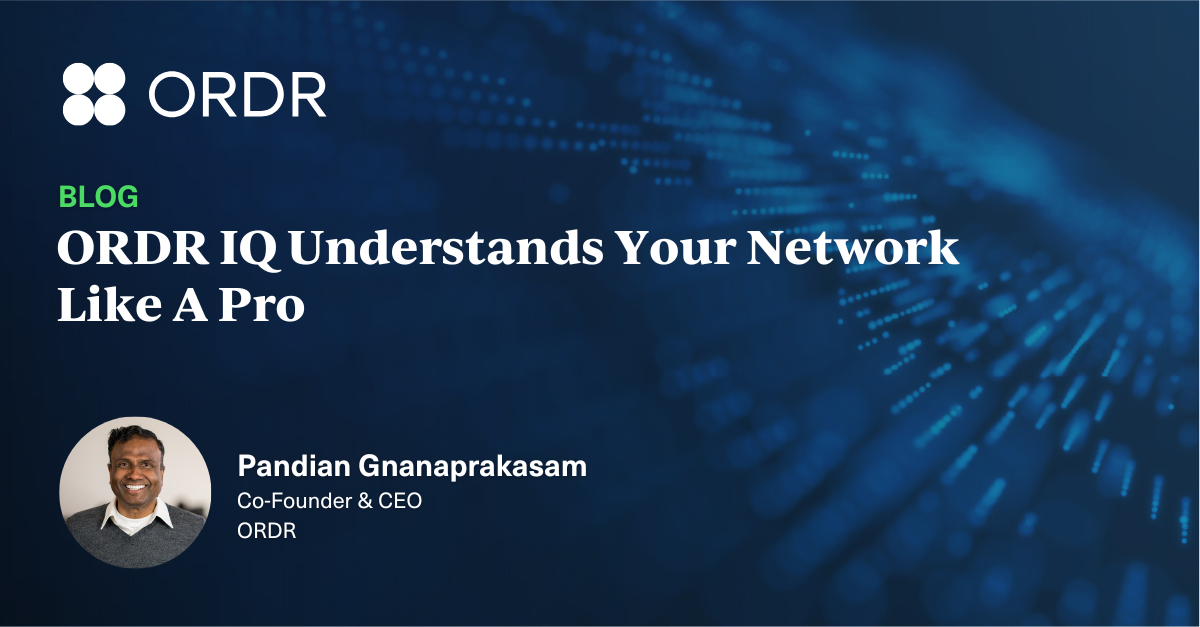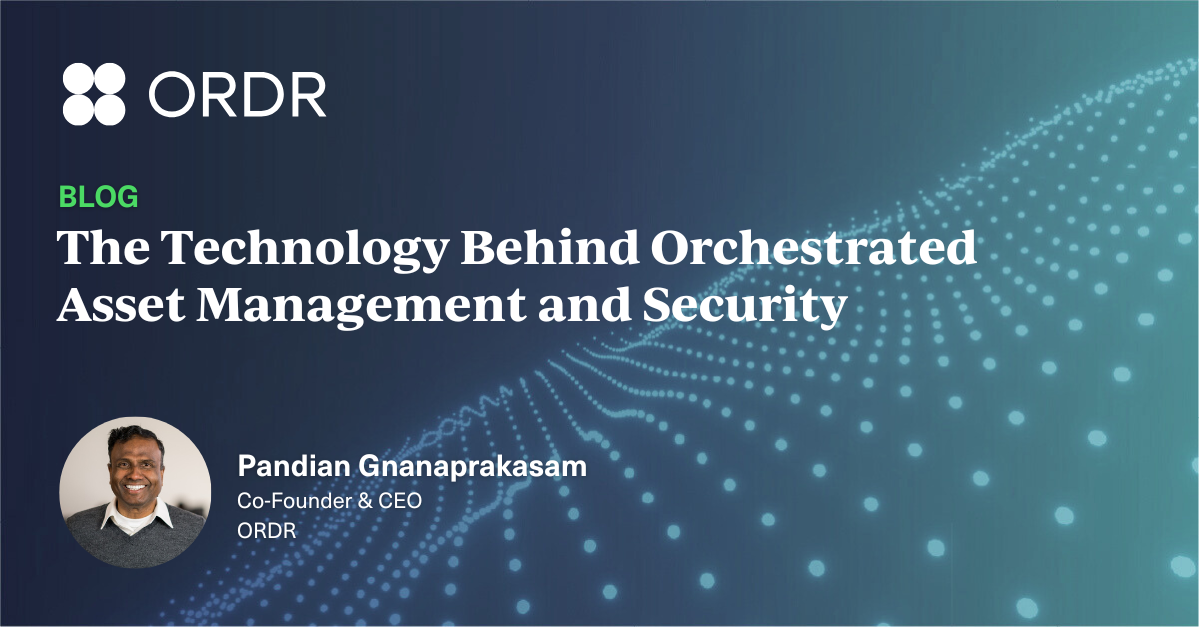I’ve spent a big chunk of my career chasing down answers to questions that should be simple — but never are.
How many pumps do we really have available? How many ultrasounds are being used regularly? Who’s still using that piece of software we thought we got rid of three fiscal years ago?
These aren’t theoretical questions. They come up in capital equipment meetings, budget reviews, hallway chats with radiology or IT. And when the answers are murky, we fall back on assumptions: We must need more. We should renew. Let’s just keep paying for that, just in case.
But when you truly know what’s out there — what’s connected, what’s used, and what’s not — everything changes.
You don’t always need more. Sometimes you just need to see.
Picture this: your chief nursing officer (CNO) is heading into a capital meeting asking for more infusion pumps. Makes sense — nurses say they’re hard to find.
But when you look at actual utilization, you might see that a handful are indeed used nonstop… while a bunch more are sitting idle in another wing.
With hard data in hand, you don’t have to guess. You don’t need to buy more — you just need to move some around. Same goes for ultrasound machines, monitors, and anything else with a plug and a network connection.
That’s real operational efficiency. No compromise in care. No unnecessary spend. Just better decision-making.
Software: a slow, sneaky leak in your budget
Let’s talk software for a minute — probably the most persistent source of unintentional spend in healthcare.
Back when most apps were hosted on-prem, it was easier to keep track. Now, we’ve got those and SaaS licenses on top. And the costs quietly add up.
What’s actually running? Who’s using it? When was it last touched? Are you paying per device, per user, per ghost of IT past?
When you have those answers — when you can see installed software across IT, OT, and IoMT — you unlock savings. Maybe you drop a few SaaS users. Maybe you downgrade a pricing tier. Maybe you finally sunset that one-off tool that hasn’t been opened in 18 months.
And if you take it further into software rationalization? Now you’re not just cutting costs — you’re improving medica device security, reducing complexity, and freeing up your team.
Decisions get better when visibility gets sharper
Whether it’s equipment or software, the real win is this: visibility.
When you know what’s connected to your network — every device, every system, every app — you move from guessing to knowing. From reactive to proactive. From “probably” to “here’s the data.”
That’s what led me to ORDR.
I originally brought it into my last organization for the operational benefits. I needed answers — real, device-level, software-specific answers — and ORDR gave them to me. The fact that it strengthened our security posture was icing on the cake.
We spend a lot on security tools to keep us safe — and for good reason. But the right kind of visibility can do more than protect. It can unlock smarter spending, better planning, and a whole lot fewer capital headaches.
If you’re ready to know what’s connected — and what to do about it — then it might be time to see what ORDR can do.
Reach out to me directly on LinkedIn or request a demo today and see the ORDR AI Protect platform in action!

Interested in
Learning More?
Subscribe today to stay informed and get
regular updates from ORDR Cloud



